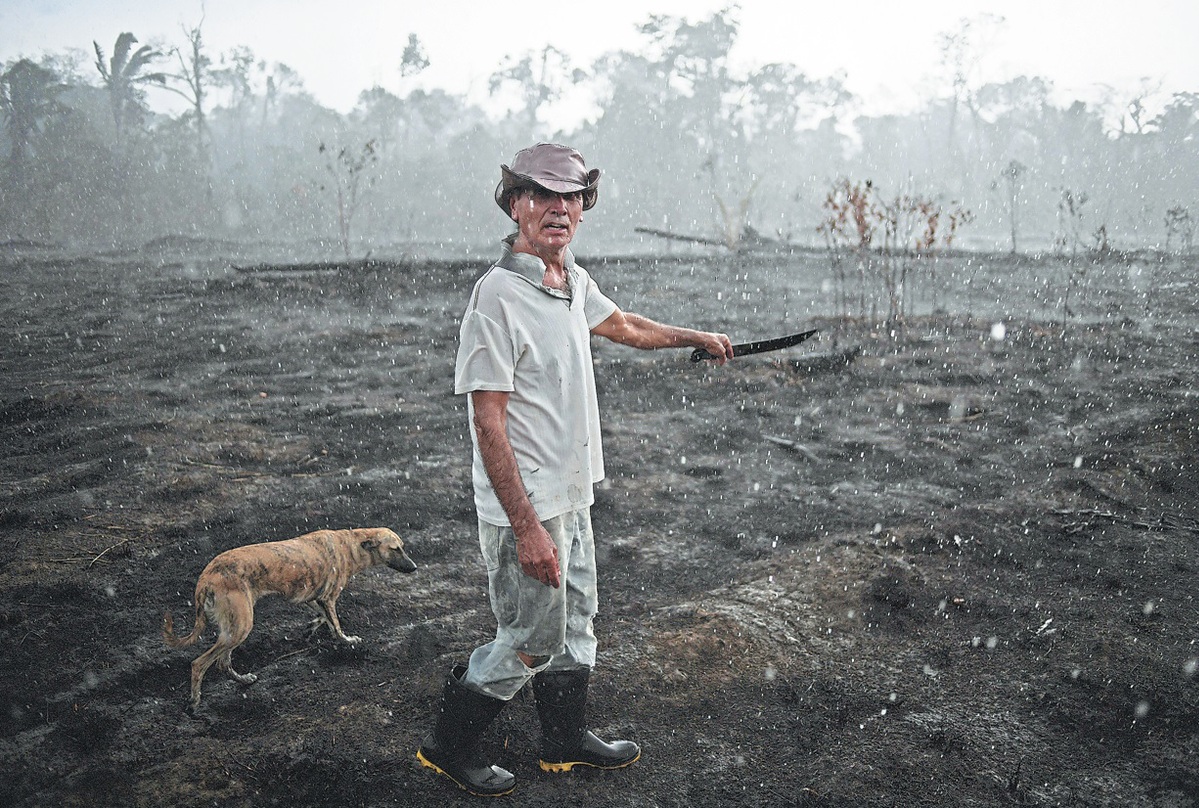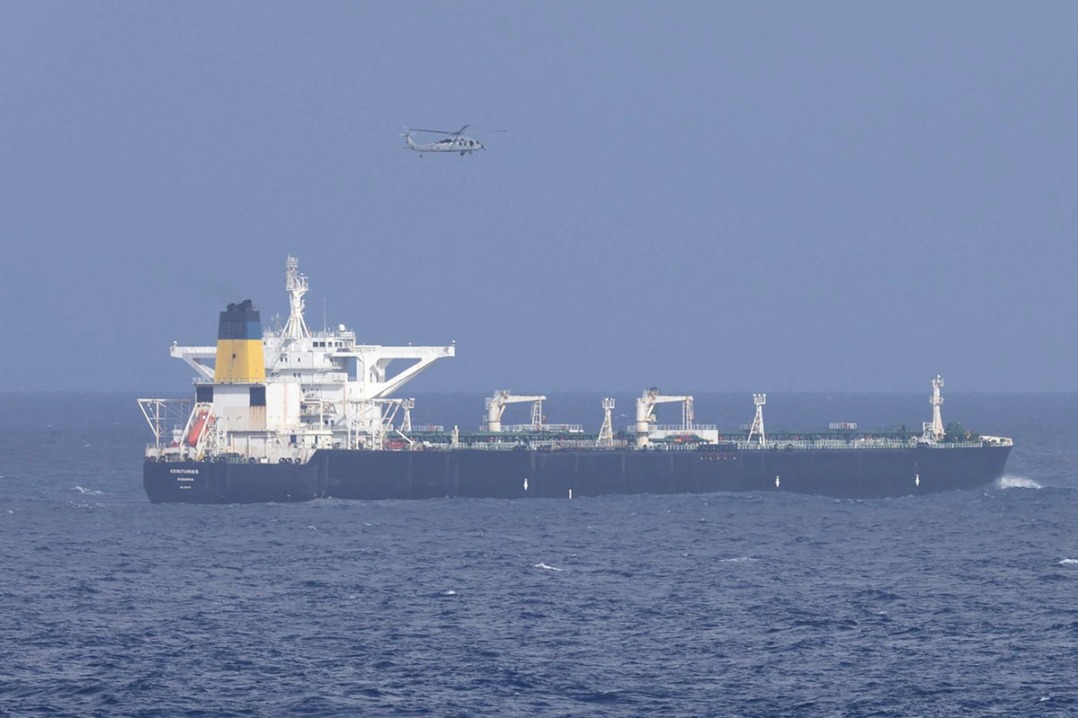Amazon fires raise alarm on ecological impact


Nations along the Amazon River are not only battling huge blazes in the forests, but also fighting the perception that pro-development policies are responsible for the fires that environmentalists fear may affect the rainforest and South America's ecology.
The relatively young government of Brazilian President Jair Bolsonaro is coping with the situation by using troops and firefighting assistance from some nations, though initially balking at a G7 offer of financial aid.
"More than 43,000 members of the armed forces (Navy, Army and Air Force) are located in the region. They are available to act on demand, coordinate with environmental control and public safety agencies," said the Brazilian Ministry of Defense.
Bolsonaro has questioned whether any other country can tell Brazil how to use its natural resources.
The Amazon rainforest spans more than 5.5 million square kilometers in nine countries, though two-thirds of the area is in Brazil. More than 160,000 forest fires have been recorded throughout the region so far this year, with about half of them in Brazil. Of the rest, 26,000 have been in Venezuela, 19,000 in Bolivia and around 14,000 each in Colombia and Argentina.
The United States and Israel have sent firefighting planes to help tackle the blazes. Other countries are leasing planes to spray water and fire retardants.
For the rest of the continent, the concern is that burning a particular section of the Amazon rainforest could have implications on weather patterns as well as regional access to water. A single large tree in the Amazon can release about 1,000 liters of water into the atmosphere every day through a process called evapotranspiration. That water turns into rain that falls throughout the region.
"Calculating that, the Amazon would reach the extraordinary number of 20 billion tons of water in a single day. We call this rios voadores, or 'flying rivers'," said Ana Luiza Tunes, an environmental engineer and water management specialist who founded the Brazilian environmental portal Tunes Ambiental.
"It is the 'flying rivers' formed in the Amazon that bring water back to the continent. This leads us to conclude that the Amazon rainforest is not only the main lungs of the world, but the heart of planet Earth," Tunes said.
During the dry season, which typically runs from May until October, fires in the Amazon are sparked by natural sources such as lightning strikes. Some argue that this year's fire season is not particularly different from others.
According to NASA, total fire activity across the Amazon basin as of Aug 16 was close to average compared with the past 15 years. Global Forest Watch, an online platform that provides data and tools to monitor forests, agreed, though data from other agencies point to an increase in fires.
Brazilian President Bolsonaro has argued that the global alarms are politically motivated.
Renan Buchelt de Oliveira, an environmental consultant, said, "The problem is the media war against the current government, not a fire increase."
He said it is mostly opposition parties that have harshly criticized Bolsonaro's government and management of the fires. "In eight months of government, these groups have been trying to destabilize the new government," he said.
Critics say the president's pro-development policies are responsible for many of the fires, due to the expansion of slash-and-burn tactics. They argue that this year's fires are the beginning of a trend caused by runaway deforestation sparked by pro-agriculture policies.
Around 2,500 fires are currently burning in Brazil. The Brazilian state of Amazonas has managed to control some areas after it declared a state of emergency on Aug 11.
Fires have spread across the tropical forests and savannahs near Bolivia's borders with Paraguay and Brazil. At least 1 million hectares have been affected by the blazes, Bolivian officials said.
"More than 800,000 hectares of the Chiquitano forest (inside the Amazon rainforest) were burned in Bolivia during August. This region is the largest dry rainforest in the world and at risk of losing this title," said Tunes, the environmental engineer.
The author is a freelance journalist.

































